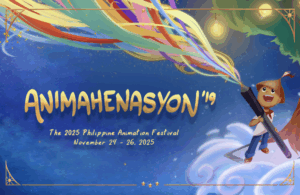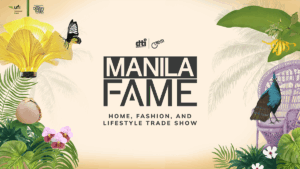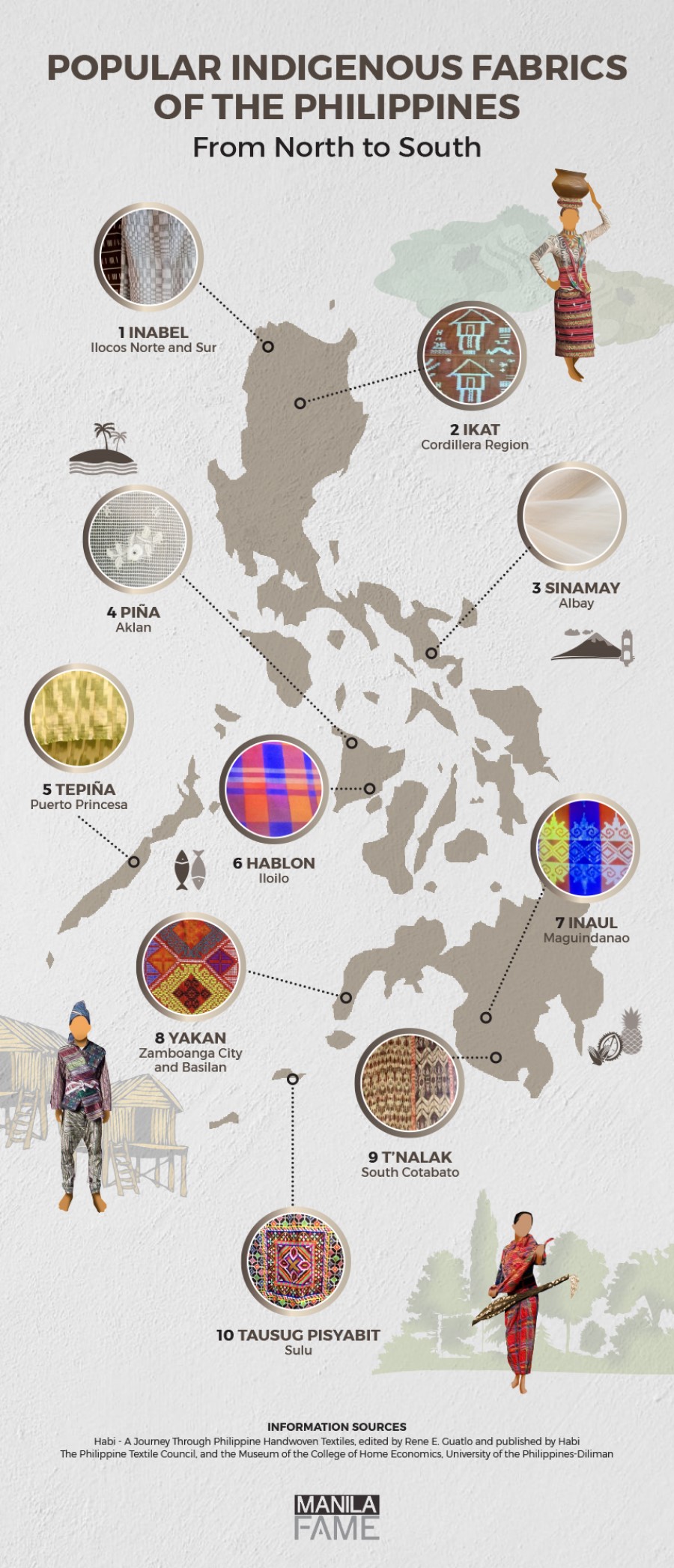
(Credit: CITEM, Manila FAME)
Weaving in the Philippines is an art that dates back to pre-colonial times. This rich tradition continues to flourish through the communities that champion the age-old practice.
The cultural fabric of the Filipino identity, stitched by stories told through generations, is not complete without the very people who weave it.
From the Northernmost tip of Luzon to the Southernmost island of Mindanao, every province or even village has its own unique weaving culture. Each uses materials that are endemic to its area, and motifs or colors that are tied to the traditions of the indigenous people who live there.
Get to know where 10 of these popular indigenous textiles were made and their individual stories behind.
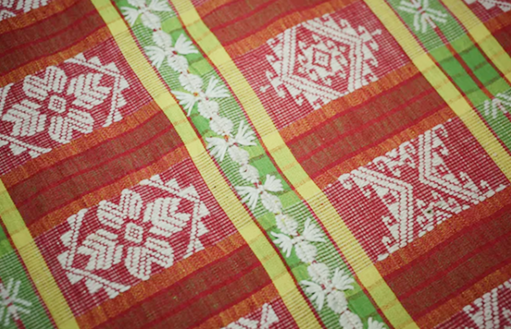
1. INABEL (Ilocos Norte and Ilocos Sur)
Abel from the Northern provinces of Luzon may look simple, but the patterns are actually complex, like the kinurkurus (plaid), banderados (stripes) binakul (dizzying whirlpools), and insukit (inserted designs). It is a handwoven fabric that depicts stories of the daily lifestyle of the weavers and lush landscapes. It is used mainly for clothing, blankets, table cloths and runners, napkins, and more.
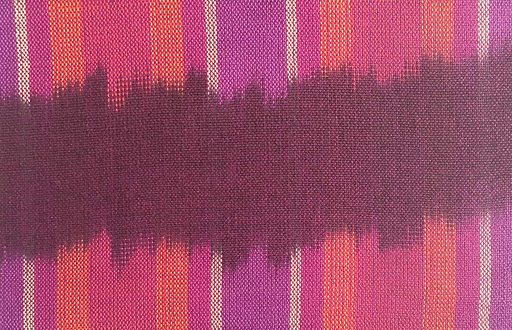
2. IKAT (Cordillera Region)
The provinces of Abra, Benguet, Ifugao, Kalinga, and the Mountain Province have a large variety of fabrics. Their blankets, tapis (skirt), and funerary cloths are woven with simple stripes and diamonds, or with meaningful motifs as seen in the Ifugao ikat or Bontoc blanket, which represent social rank or a stage in life.
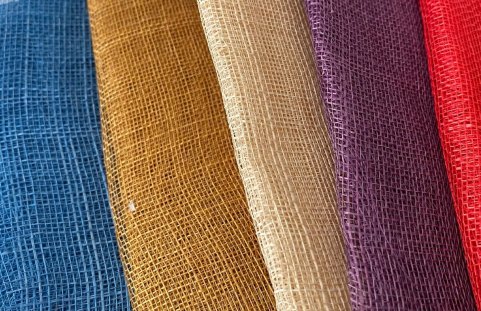
3. SINAMAY (Albay)
Textiles made out of abaca fiber are called Sinamay. In the Bicol region, abaca is woven to make sheer Sinamay sheaths, which are used as material for lightweight and dramatic designs, often seen in shawls, hats, gift bags and wrappers, and other decorative objects.
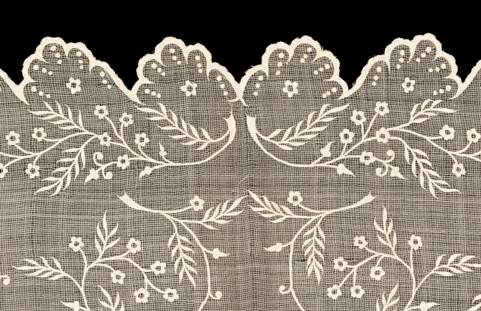
4. PIÑA (Aklan)
The elegant piña cloth is made out of a specific pineapple species—the Red Spanish Pineapple, which has large leaves that result in long fibers. The thin and translucent piña cloth is embroidered and sewn into exquisite dresses, blouses, and barong Tagalog (a buttoned formal shirt).
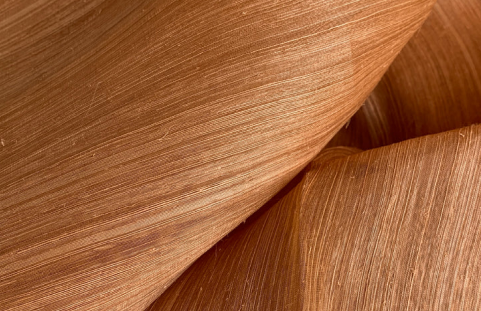
5. PIÑA SEDA (Aklan)
The combination of luxurious silk and knotted pineapple fiber creates Piña Seda, a delicate fabric favored by fashion and accessory designers.
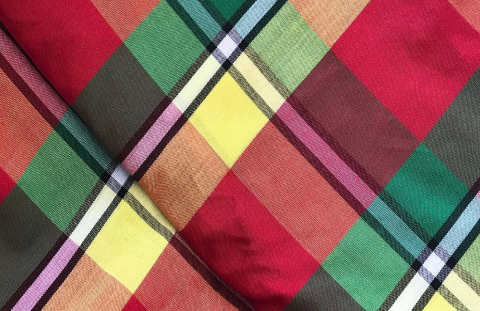
6. HABLON (Iloilo)
The vibrantly hued plaid fabric of Hablon is mostly woven in Miag-ao, Iloilo in the Visayas. In the colonial past, women used this colorful cotton fabric for their patadyong, or work skirts. Hablon is now used in modern times for dresses, tablecloths, table napkins, blankets, turbans, and hammocks. The versatile textile is made using a handloom, a manually operated machine.
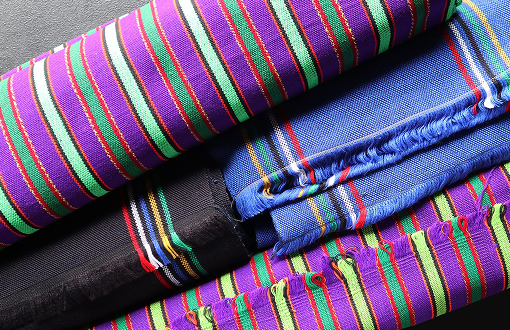
7. INAUL (Maguindanao)
Inaul literally means “woven” in Maguindanaoan language. The exuberantly colored and ornate cotton and silk fabrics, some of which have metallic thread, are decorated with patterns that have rich meanings, symbolizing emotions and stories, or are designs that only royalty could wear.
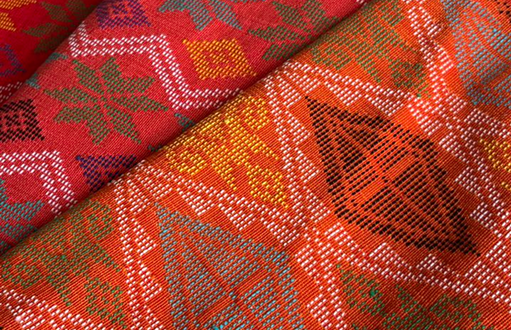
8. YAKAN (Zamboanga City and Basilan)
Many of the Yakan people have relocated to Zamboanga City from Basilan because of political unrest, but they still produce their intricately designed weaves. Contrasting threads are worked into stripes or symmetrical and large, geometric patterns. These multicolored fabrics, predominantly in bright and bold colors, are sewn into jackets, headscarves, aprons, sash, trousers, and shirts.
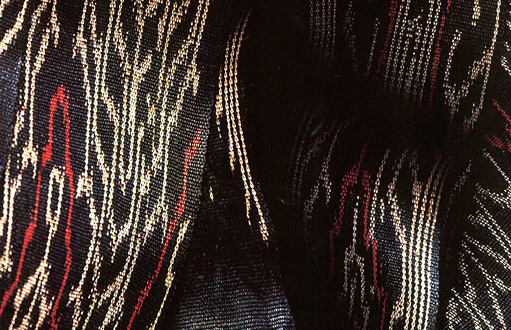
9. TNALAK (South Cotabato)
Weaving this beautiful, sacred cloth is considered a mystical practice. The T’boli women of Lake Sebu in South Cotabato, Mindanao, are said to believe that the spirit Fu Dalu appears in their dreams to inspire them with these designs. The tri-color textile is used by the T’boli as blankets and clothing, and as barter for food and supplies.
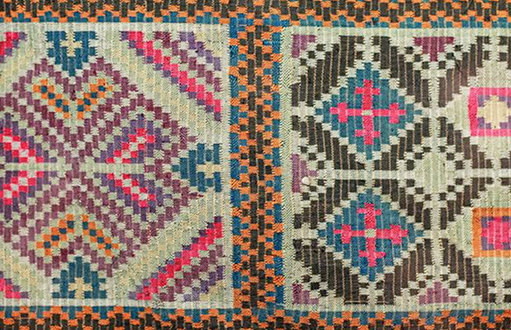
10. TAUSUG PISYABIT (Sulu):
The complicated patterns of the Pisyabit (or Pis Syabit), made in one of the southernmost islands of the Philippines, make it highly coveted. The skilled weavers of Sulu create a fabric with a perfectly symmetrical composition of squares, X’s, and crosses. It is traditionally used as head scarves for men.
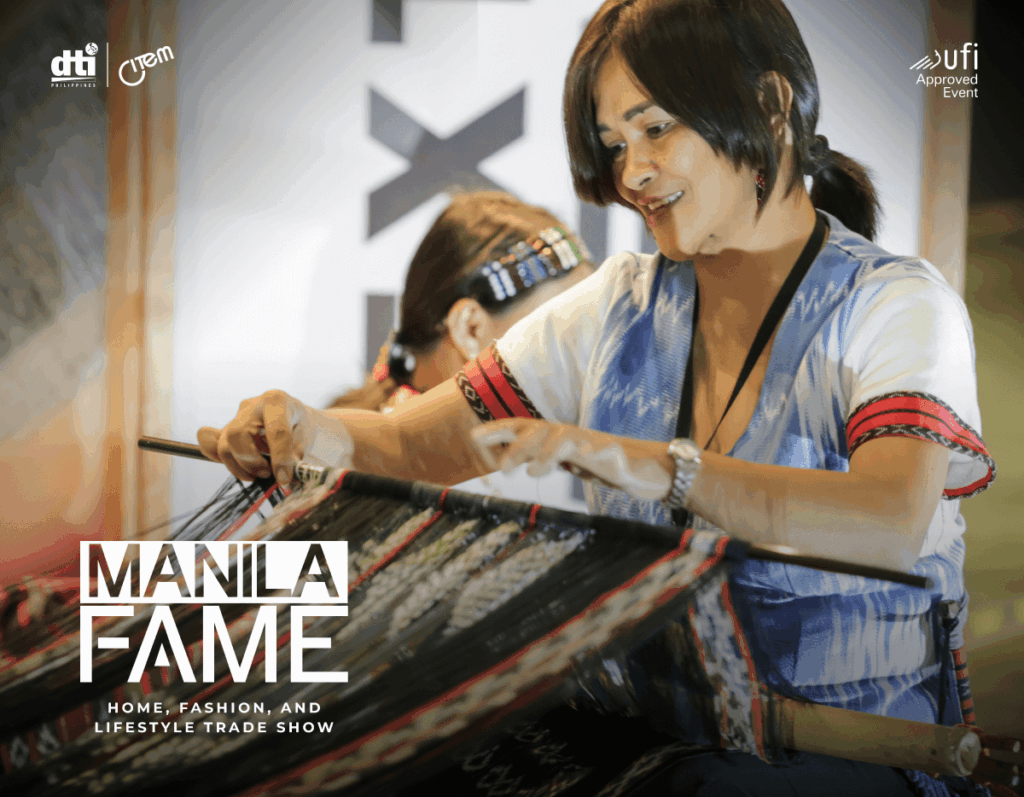
Catch a glimpse of these indigenous textiles from October 16-18 at the Manila FAME, the Philippines’ premier trade show for quality home, fashion, and lifestyle products.
